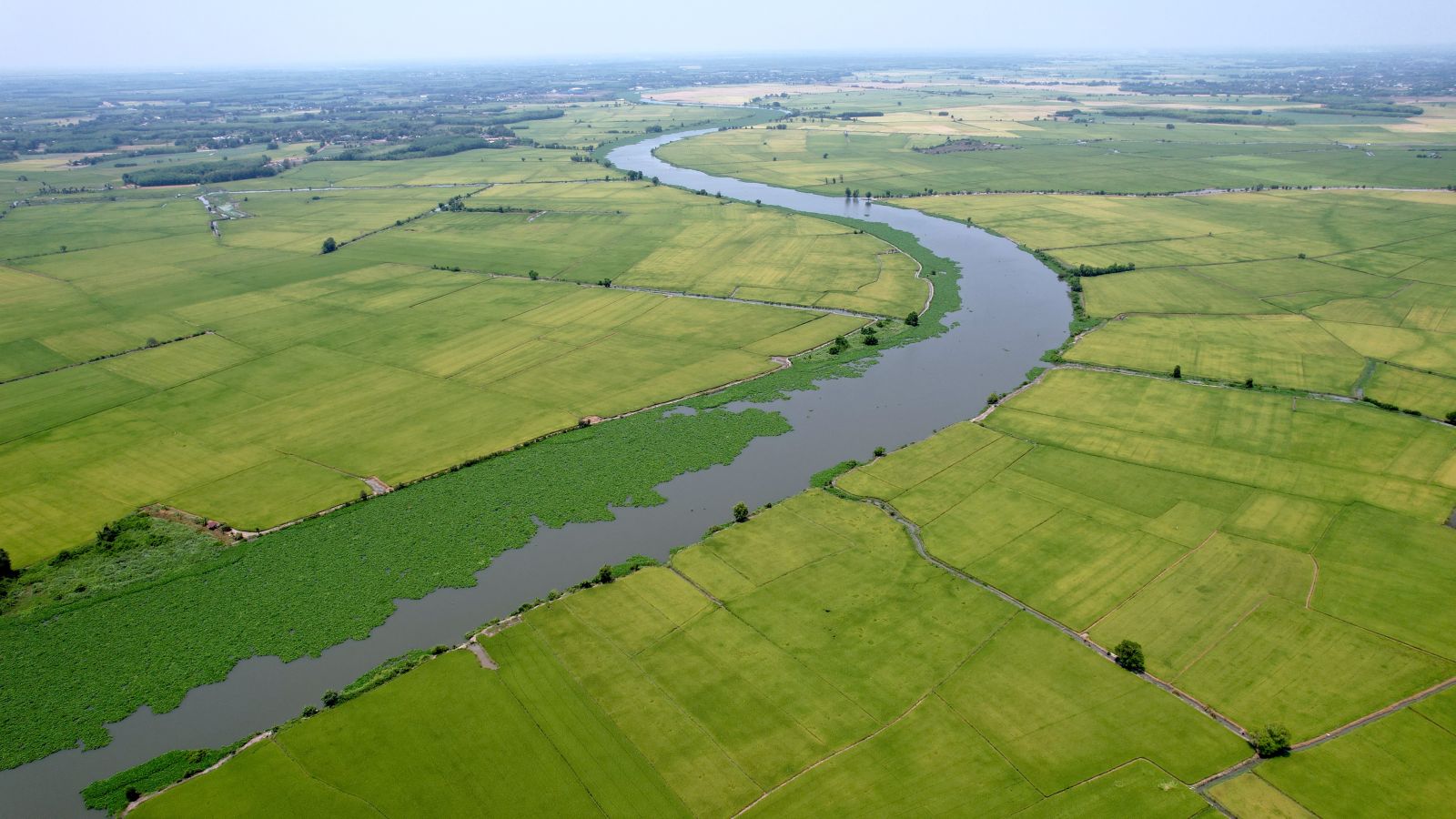
Cost reduction, productivity increase - farmers benefit
These days, many farmers - members of An Binh Agricultural Service Cooperative (Thanh Binh Hamlet, An Binh Commune, Chau Thanh District) are very excited because the rice fields are growing well, the rice plants are strong and healthy, giving high yields.
In the 2024-2025 Winter-Spring rice crop, An Binh Cooperative will pilot the “Alternate wetting and drying” (AWD) model on 32 hectares under the guidance of the Tay Ninh Agricultural Extension Center. This is one of the pioneering cooperatives applying the model in low-emission rice cultivation in Tay Ninh province.
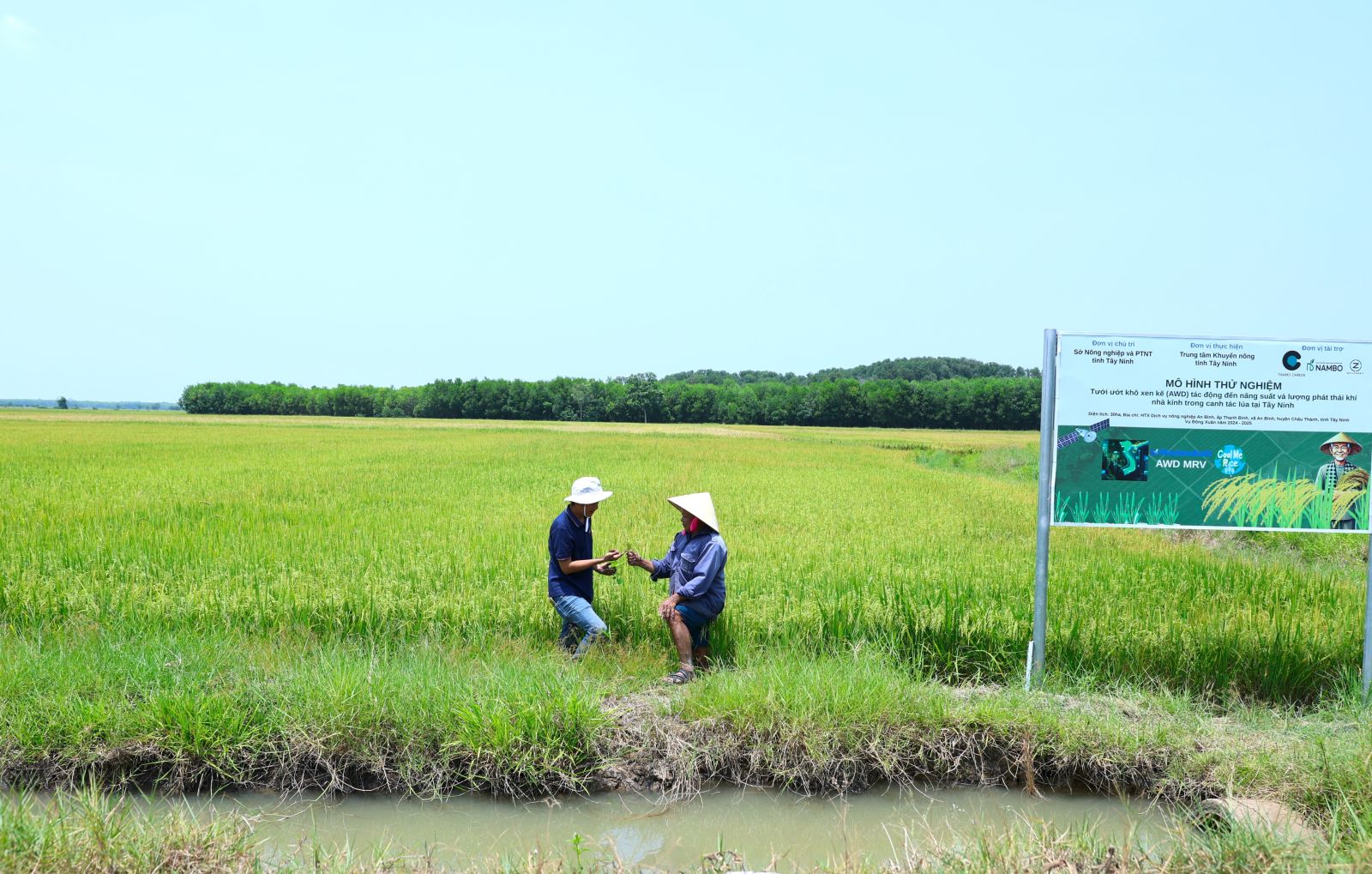
Mr. Nguyen Van Luon - Director of An Binh Agricultural Service Cooperative said that the Cooperative currently has 50 members with a total rice production area of over 100 hectares. Alternate wet and dry irrigation is a new model, so the Cooperative only tested about 32 hectares. When applying the model, farmers are closely guided by agricultural extension officers.
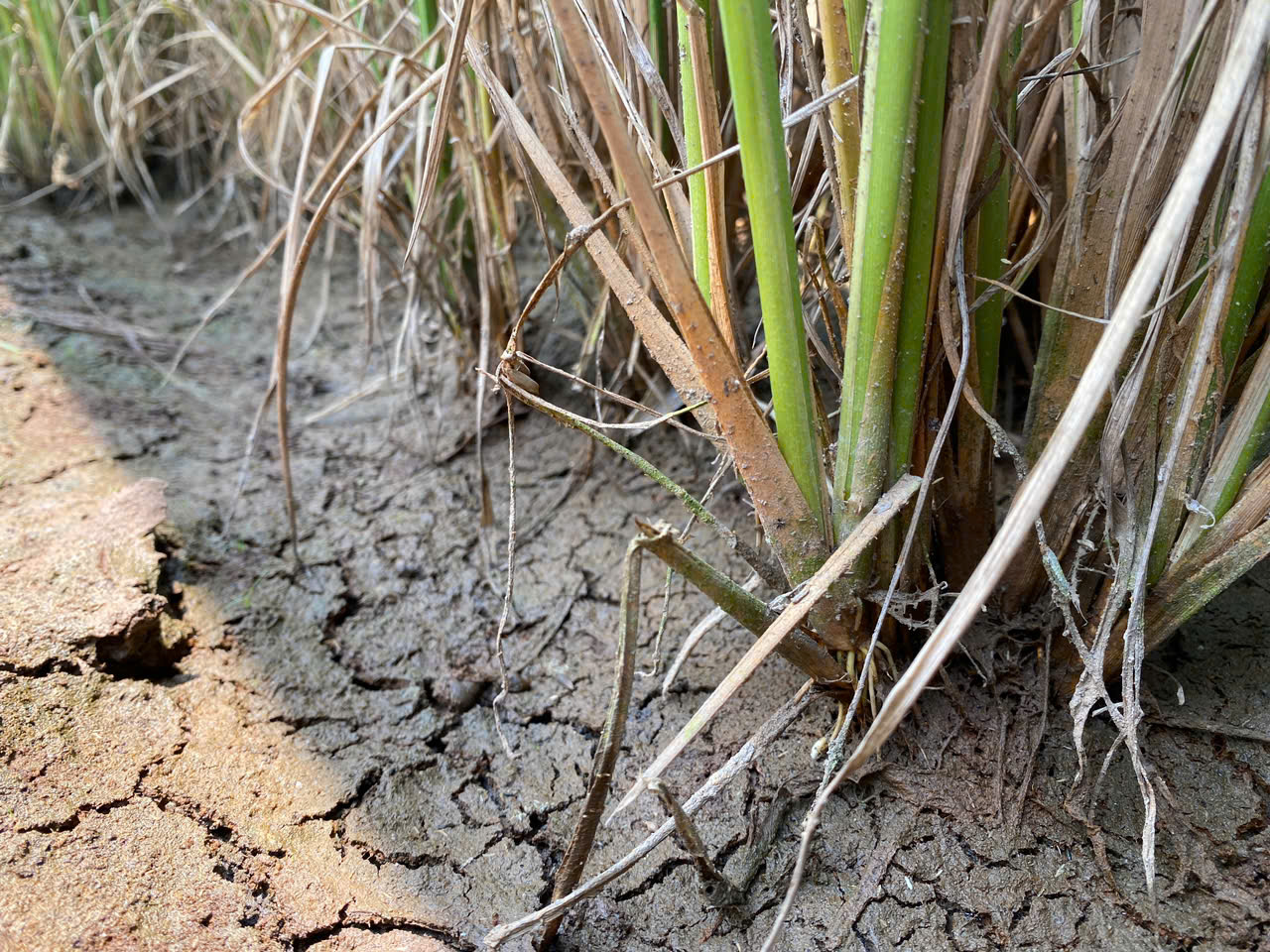
Accordingly, each crop season, water is drained three times, each time lasting about three days. If the field remains dry for three consecutive days, the draining is considered successful. Farmers can determine when to add water by monitoring the water level gauge in the field. When the water level drops below 15 cm below the field surface, water needs to be added again.
This is an easy method to implement, thanks to the method of draining and adding water properly, the soil is not contaminated with alum, the rice roots develop well, the rice plants are healthy, tiller strongly, the rice panicles are long and the grains are firm. At the harvest stage, the rice is less likely to fall over, avoiding post-harvest losses.
“In the Summer-Autumn crop, we will continue to coordinate with the Agricultural Extension Center to expand and mobilize members to participate in the large-scale field investment model to reduce costs and give farmers higher income,” said Mr. Nguyen Van Luon.
Preparing to harvest more than 1 hectare of OM 5451 rice thanks to the application of the AWD model, Mr. Nguyen Van Man (67 years old, Thanh Binh hamlet, An Binh commune) excitedly said that compared to the traditional method, this model is much more effective.
“The method is easy, not difficult, it saves water, saves costs and increases rice productivity by about 10% - 20%. This winter-spring crop, I did very well, averaging about 8 tons/ha. If I did not do it properly, I would get about 7 tons/ha,” Mr. Man shared.
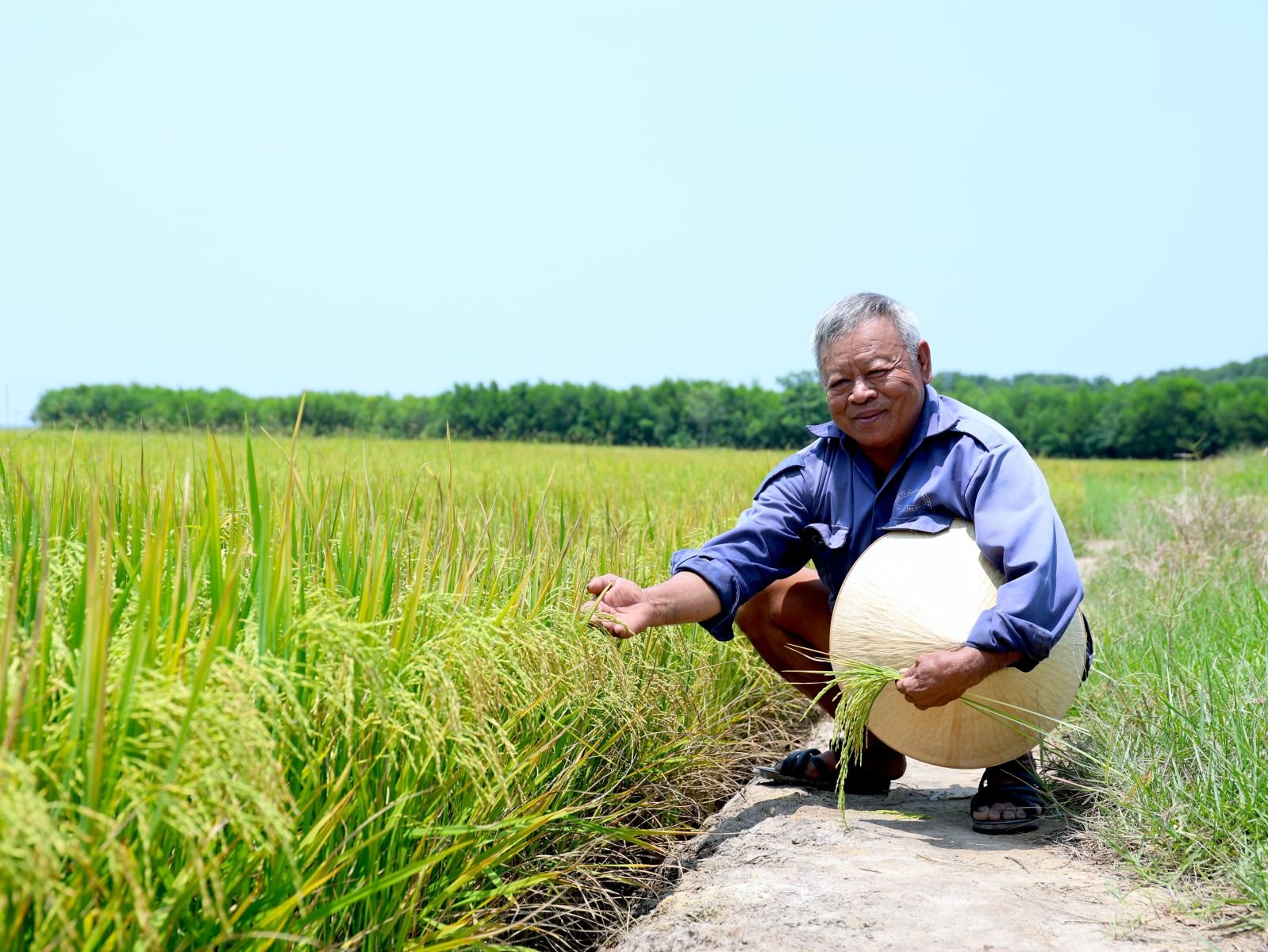
Similarly, Mr. Nguyen Van Lanh (40 years old, member of An Binh Agricultural Service Cooperative) is preparing for the harvest of his family's 1.2 hectares of rice. Through implementing the model, the rice plants grow well in stages without needing to be flooded, with outstanding productivity.
Mr. Lanh said that instead of having to keep water on the field throughout the cultivation process using the traditional method, the average cost per hectare is about 15 million VND, when applying the alternating wet and dry irrigation model, the cost is reduced to about 10 million VND/ha, farmers benefit about 5 million VND/ha.
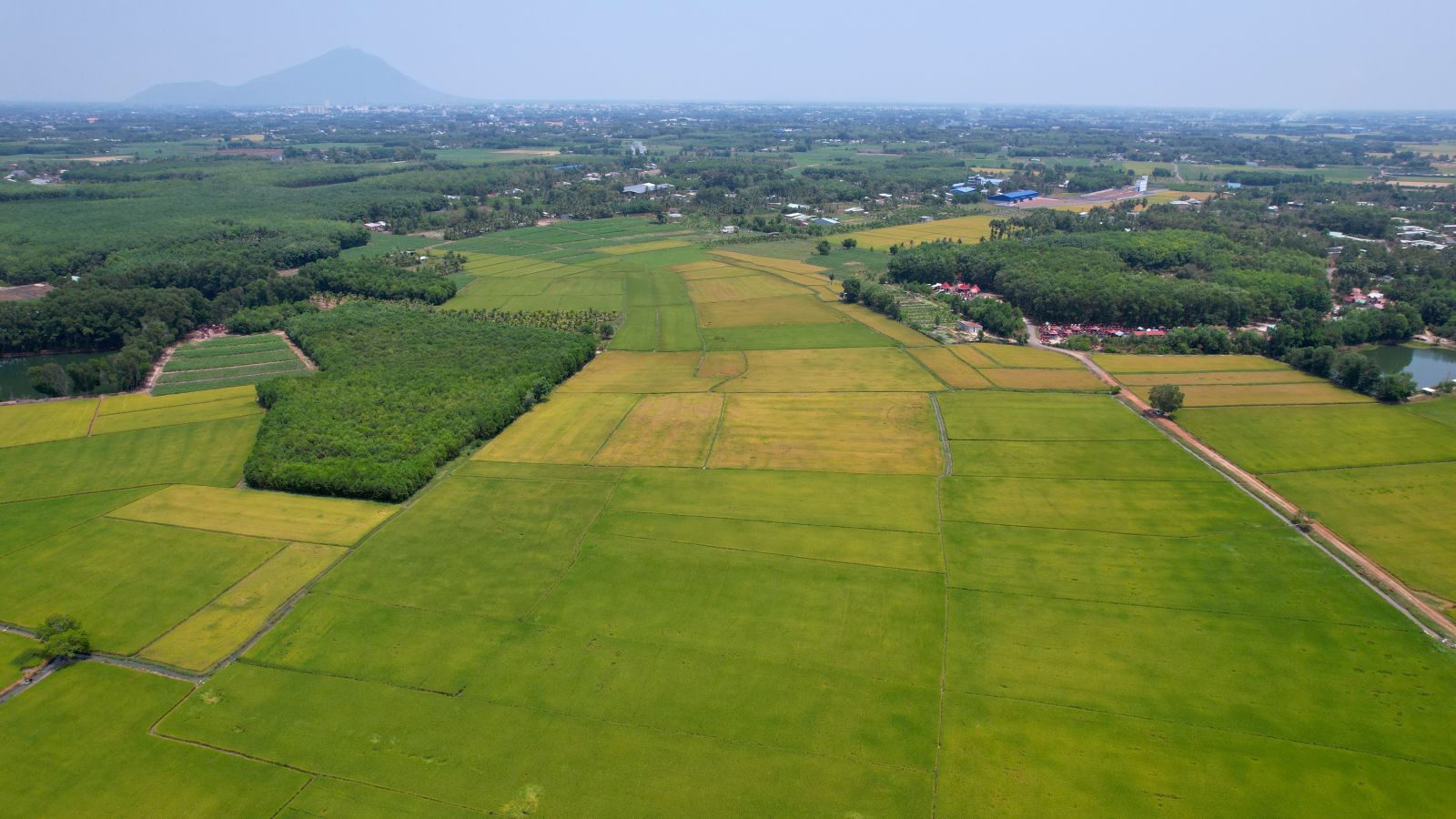
“Currently, rice prices are decreasing, ranging from 5,500 VND to 6,100 VND per kg, depending on the rice variety, lower than the same period last year by 1,000 VND to 1,500 VND per kg, but with this method, we not only save costs but also save about 40% of water usage, while productivity increases by more than 15%, so farmers still have good profits,” Mr. Lanh said excitedly.

Contribute to reducing greenhouse gas emissions, moving towards carbon credits
Alternate wetting and drying is a water management technique that involves periodically flooding and drying the field. This is an important method in reducing greenhouse gas emissions while maintaining productivity in intensive rice farming. According to the Agricultural Extension Center, although rice prices are in a period of deep decline, with the AWD method, not only does it reduce the number of times water is pumped into the field and production costs, but it also reduces pests and diseases, and reduces the amount of fertilizer and pesticides.
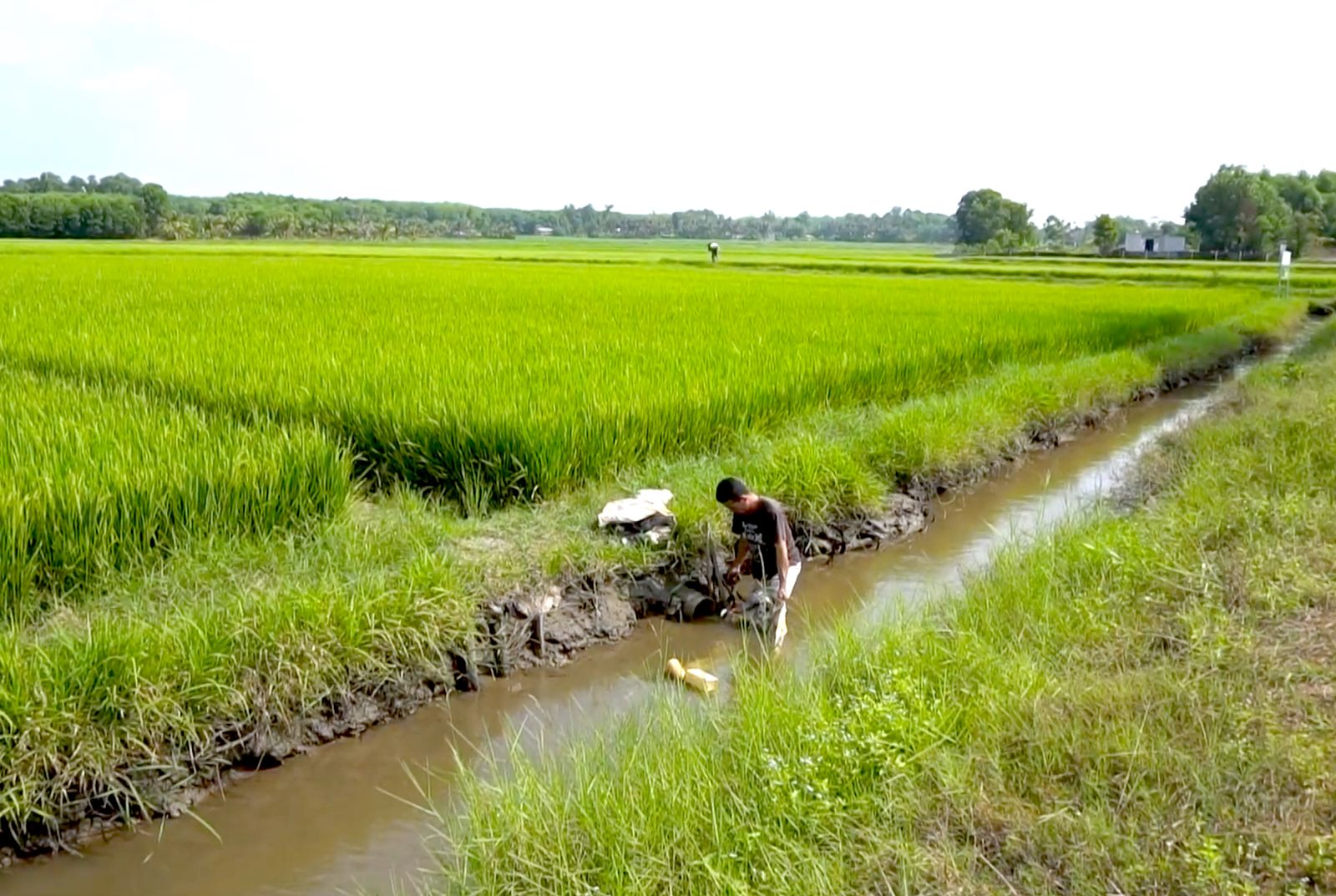
Mr. Ha Thanh Tung - Director of the Agricultural Extension Center shared that the model of "Smart rice cultivation with alternating wet and dry seasons" is one of the advanced models being deployed by the Center for farmers to improve the efficiency of agricultural production and protect water resources.
This is also an effective solution to reduce methane (CH4) by aerating the soil, preventing anaerobic decomposition of organic matter in flooded conditions. According to him, the characteristic of wet rice production is that the rice fields are often flooded, leading to the decomposition of organic matter in anaerobic conditions, causing methane, one of the main factors causing the greenhouse effect.
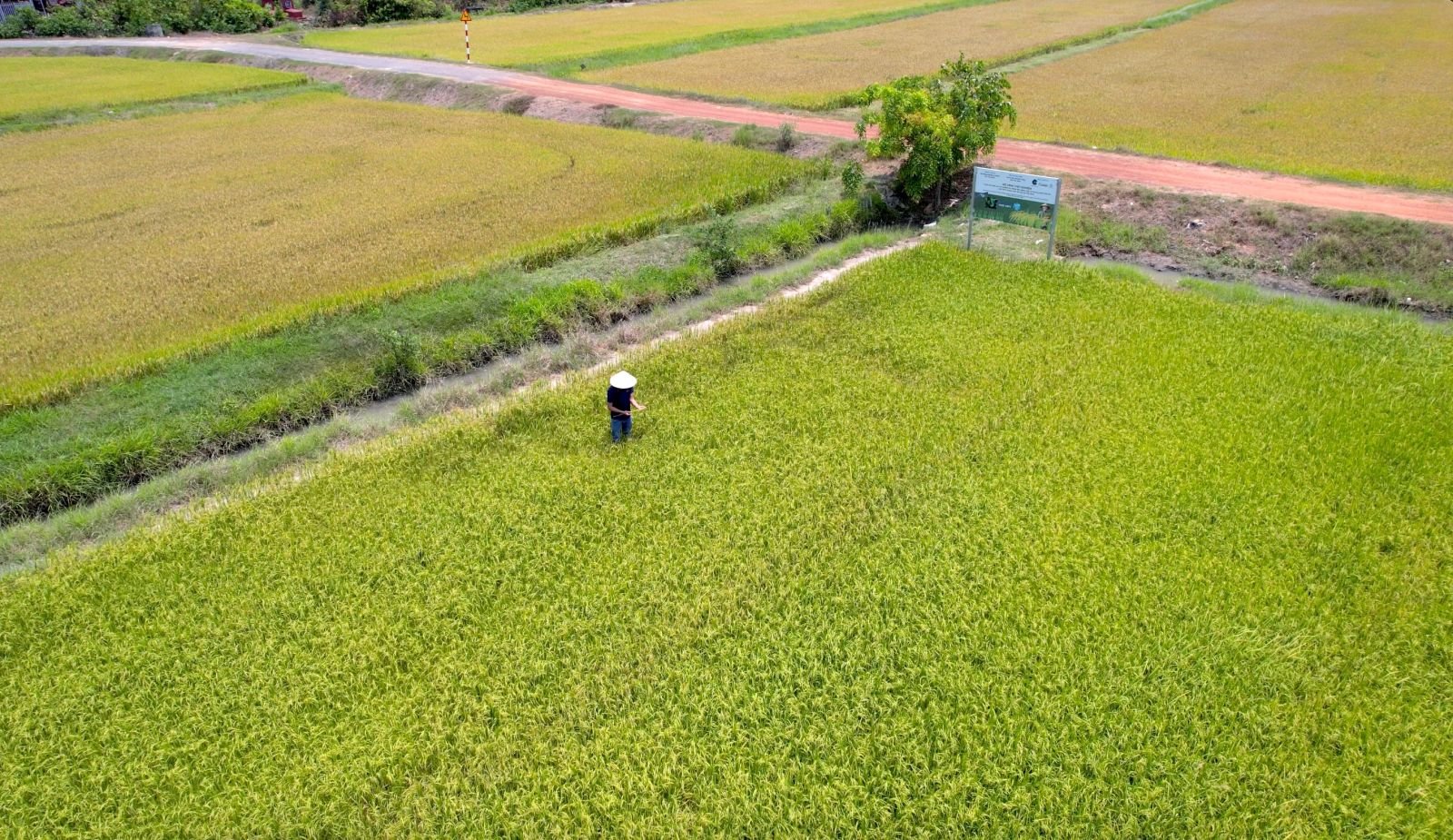
However, Tay Ninh has many advantages to develop low-emission rice production thanks to abundant water resources from the Vam Co River system, Dau Tieng Lake, Tha La Lake and a relatively complete irrigation system, helping to control water volume well and minimize emissions.
“Currently, most irrigation canal systems have been concreted, ensuring timely water supply during the crop season, helping farmers to be proactive in cultivation without worrying about water shortages. While the State supports the cost of irrigation water, farmers find it very convenient to apply this method,” said Mr. Tung.
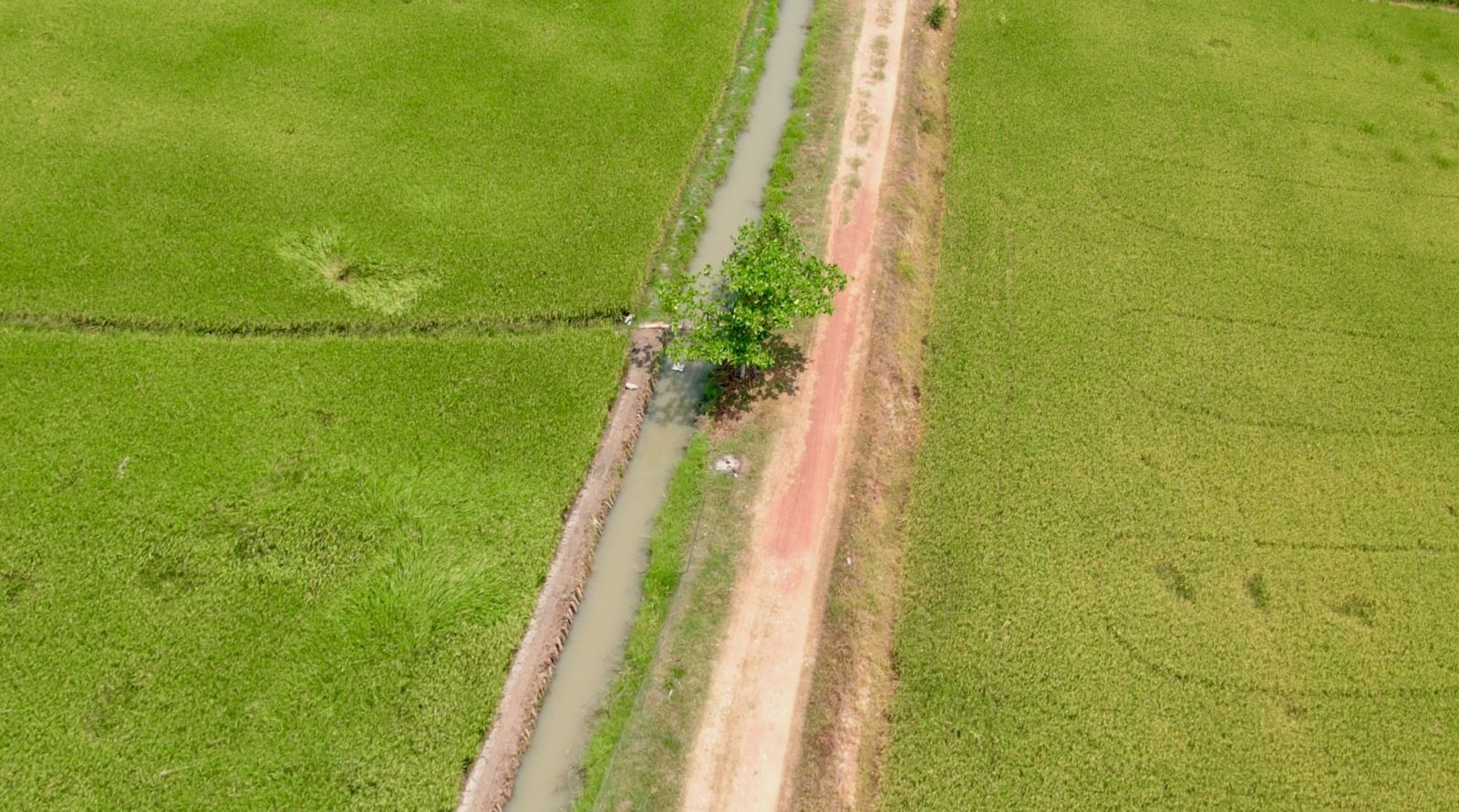
According to data from the Department of Agriculture and Environment, the province's annual rice cultivation area is about 145,000 hectares/3 crops, with an average yield of about 5.6 tons/ha/crop. In 2024, the province's rice output will reach 821,000 tons, an increase of 1.5% over the same period in 2023.
In order to concretize and effectively implement the Action Plan to respond to climate change in Tay Ninh province for the period 2022-2030, with a vision to 2050, to meet the practical needs of strengthening the management of greenhouse gas emissions in rice cultivation, ensuring the implementation of the Nationally Determined Contribution (NDC), Tay Ninh aims to convert the entire rice growing area into high-quality rice varieties, produced according to emission reduction processes, minimizing environmental impacts and increasing the value of income from rice grains.

According to Mr. Nguyen Dinh Xuan - Director of the Department of Agriculture and Environment, to realize this goal, not only investment from the agricultural sector is needed, but also consensus and efforts from farmers. At the same time, rural infrastructure, especially irrigation infrastructure, needs to be upgraded to meet the needs of effective production and consumption.
“This is a sustainable goal, creating conditions for Tay Ninh rice not only to stand firm in the domestic market but also to reach out to the international market with its own brand. In addition, training agricultural economic skills for farmers is an important factor to help them be more confident in managing, calculating costs and profits scientifically and effectively, improving the quality of rice products, increasing farmers' income, affirming the position of the rice industry in the market" - Mr. Nguyen Dinh Xuan said.
Tay Ninh is calling for the participation of businesses, scientists and international organizations to continue researching and finding feasible solutions to help the locality move quickly and steadily towards achieving green growth and low emissions. Hopefully, with specific solutions and consensus from the entire industry, Tay Ninh will successfully build a sustainable rice industry, contributing to the development of the local agricultural economy associated with environmental protection. Mr. Nguyen Dinh Xuan - Director of Tay Ninh Department of Agriculture and Environment |
He added that Tay Ninh province is promoting investment attraction in the rice industry. Recently, Thanks Carbon, a climate technology startup from Korea, has decided to cooperate with Tay Ninh province to implement and deploy a project to reduce carbon emissions in local agricultural production.
Tam Giang
Source: https://baotayninh.vn/canh-tac-lua-thong-minh-giam-thieu-tac-dong-moi-truong-a188059.html


![[Photo] Close-up of Vietnam's sniffer dog team searching for earthquake victims in Myanmar](https://vstatic.vietnam.vn/vietnam/resource/IMAGE/2025/4/1/d4949a0510ba40af93a15359b5450df2)
![[Photo] Third meeting of the Organizing Subcommittee serving the 14th National Party Congress](https://vstatic.vietnam.vn/vietnam/resource/IMAGE/2025/4/2/3f342a185e714df58aad8c0fc08e4af2)
![[Photo] Relatives of victims of the earthquake in Myanmar were moved and grateful to the rescue team of the Vietnamese Ministry of National Defense.](https://vstatic.vietnam.vn/vietnam/resource/IMAGE/2025/4/2/aa6a37e9b59543dfb0ddc7f44162a7a7)
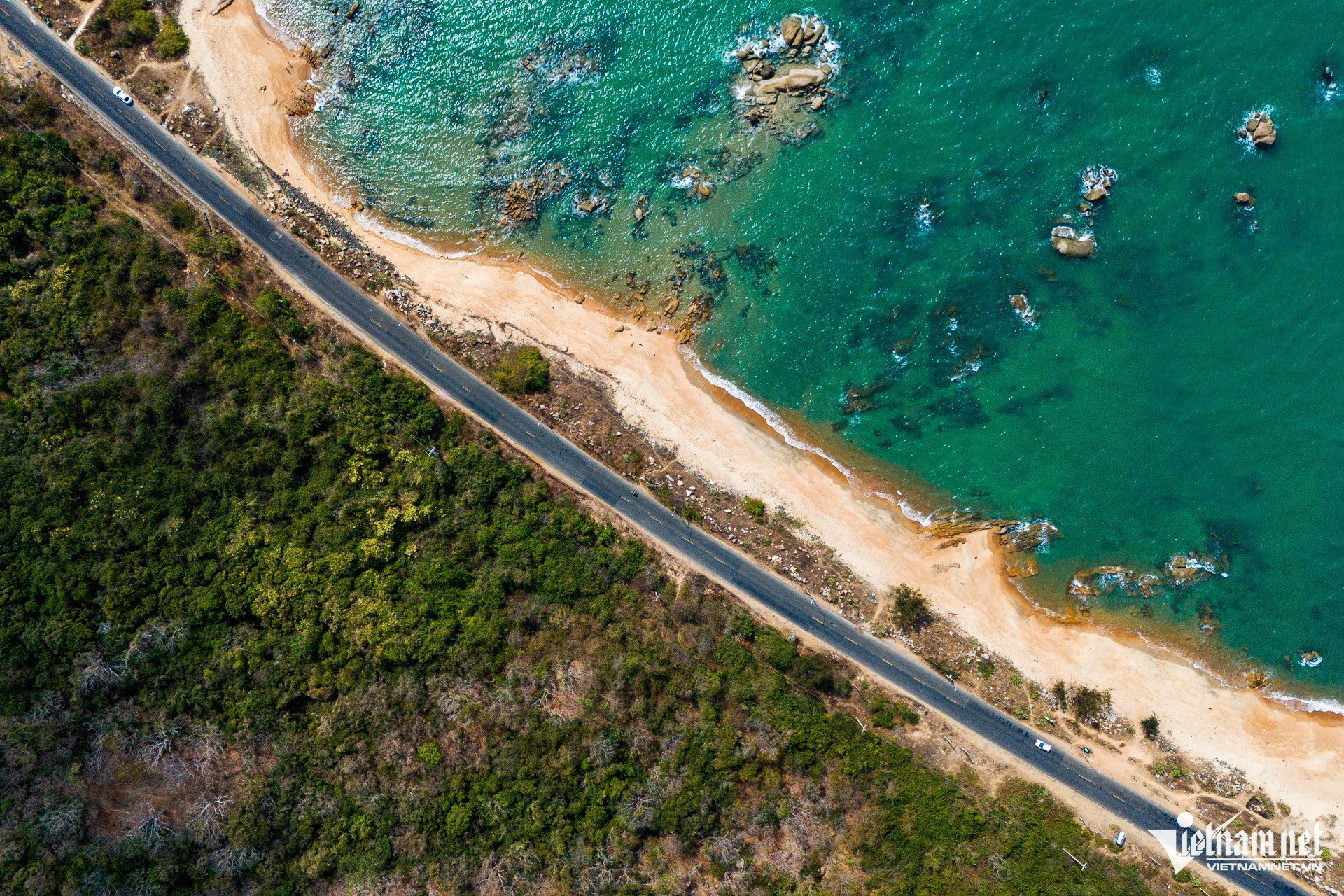



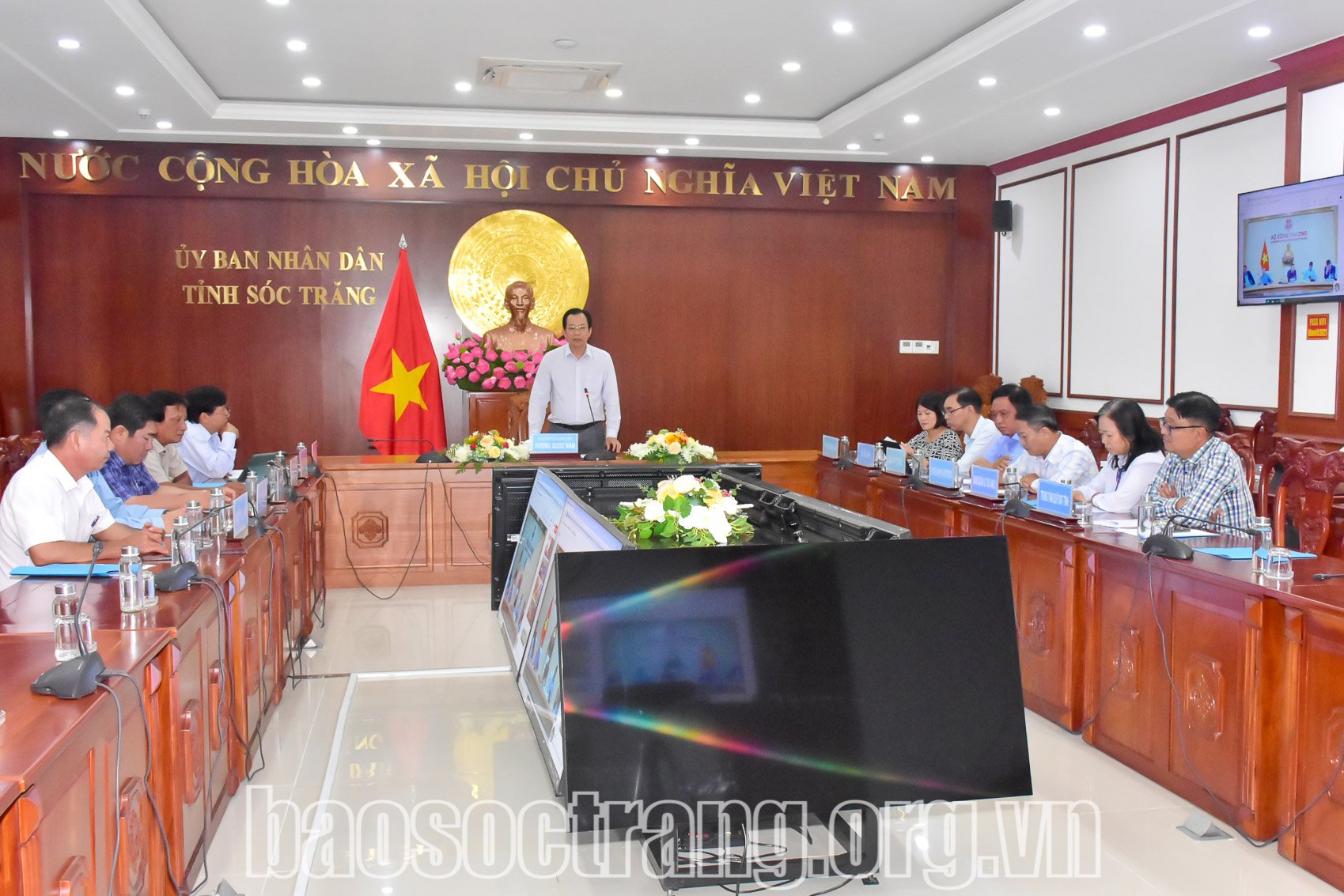
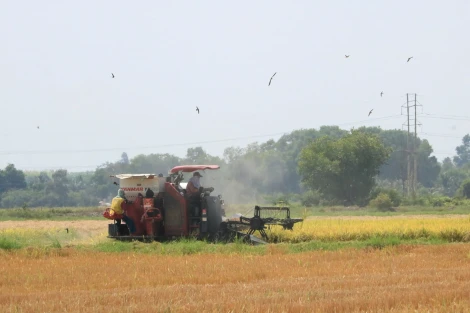
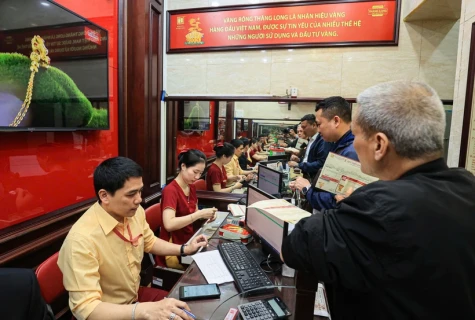
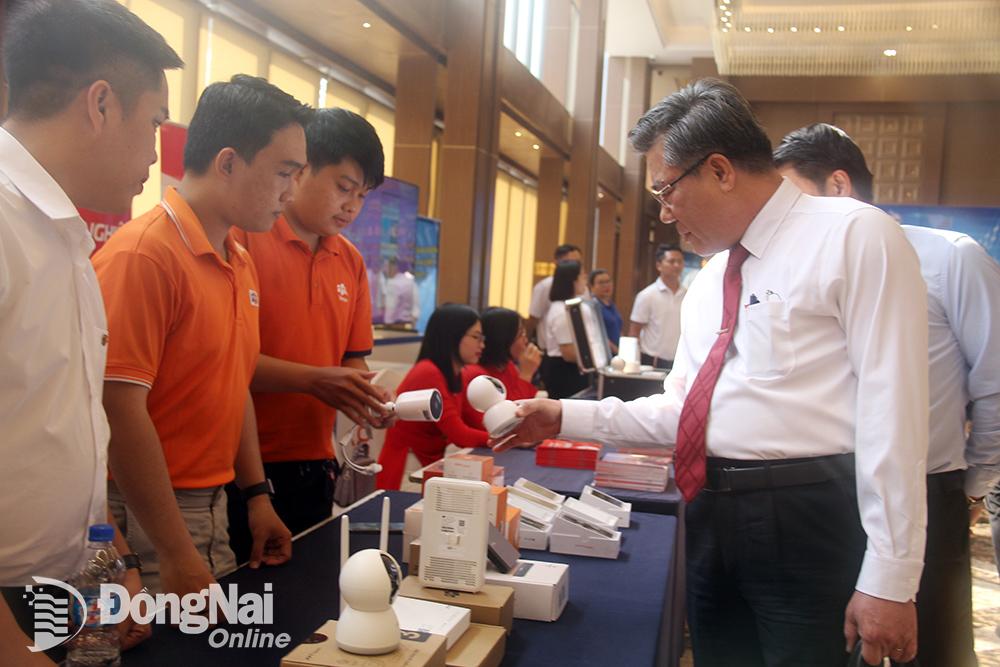
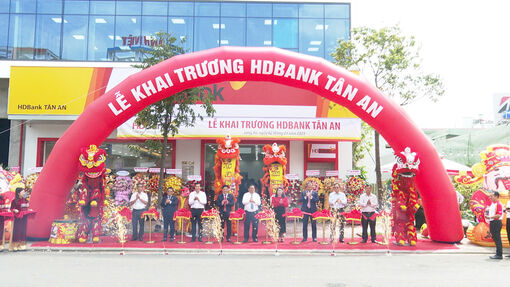





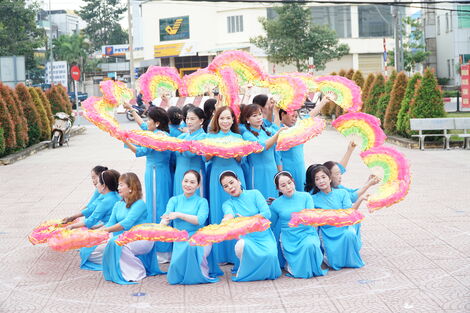


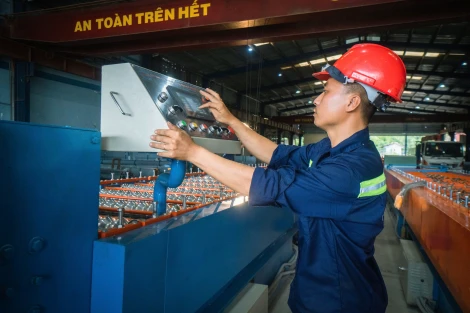
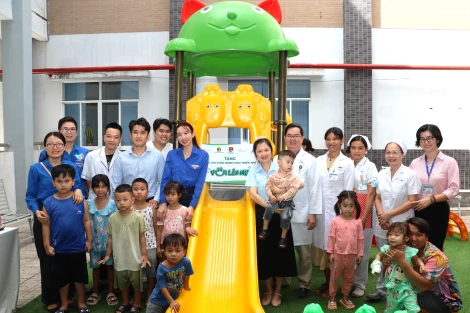






























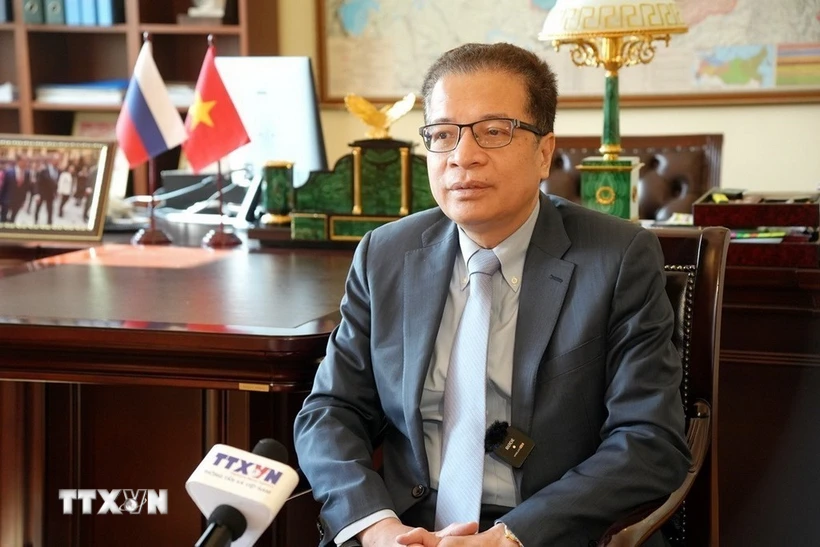
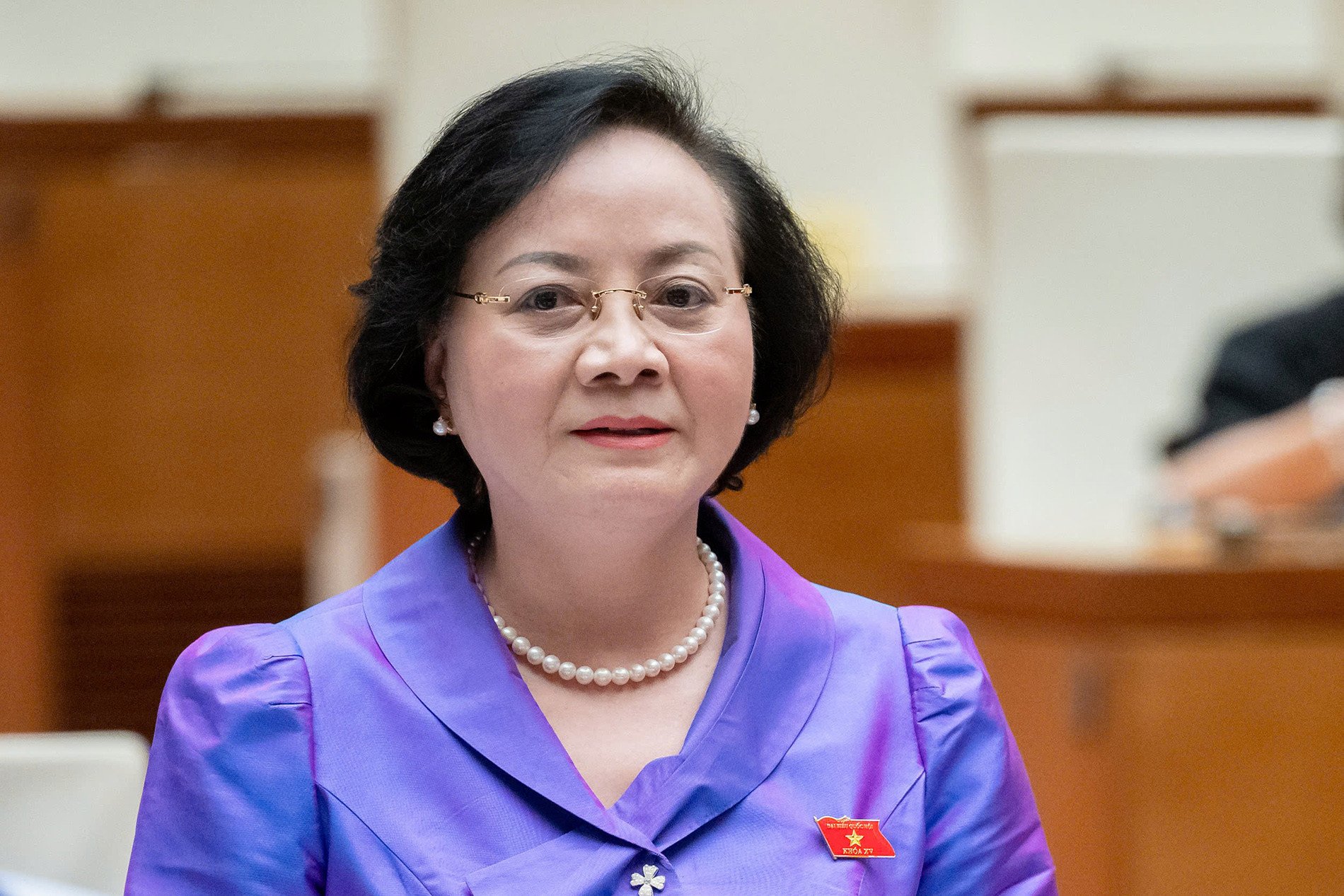

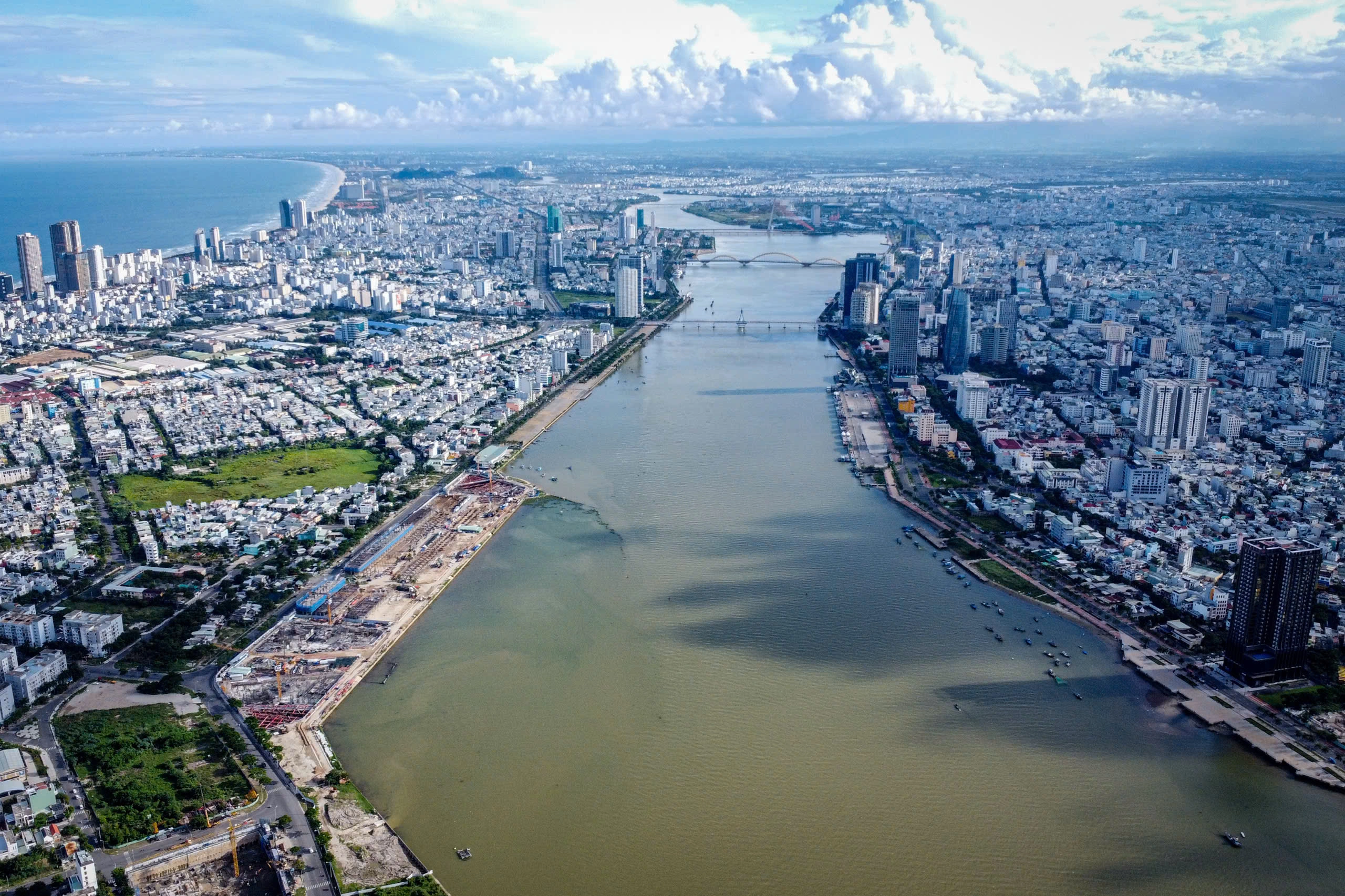

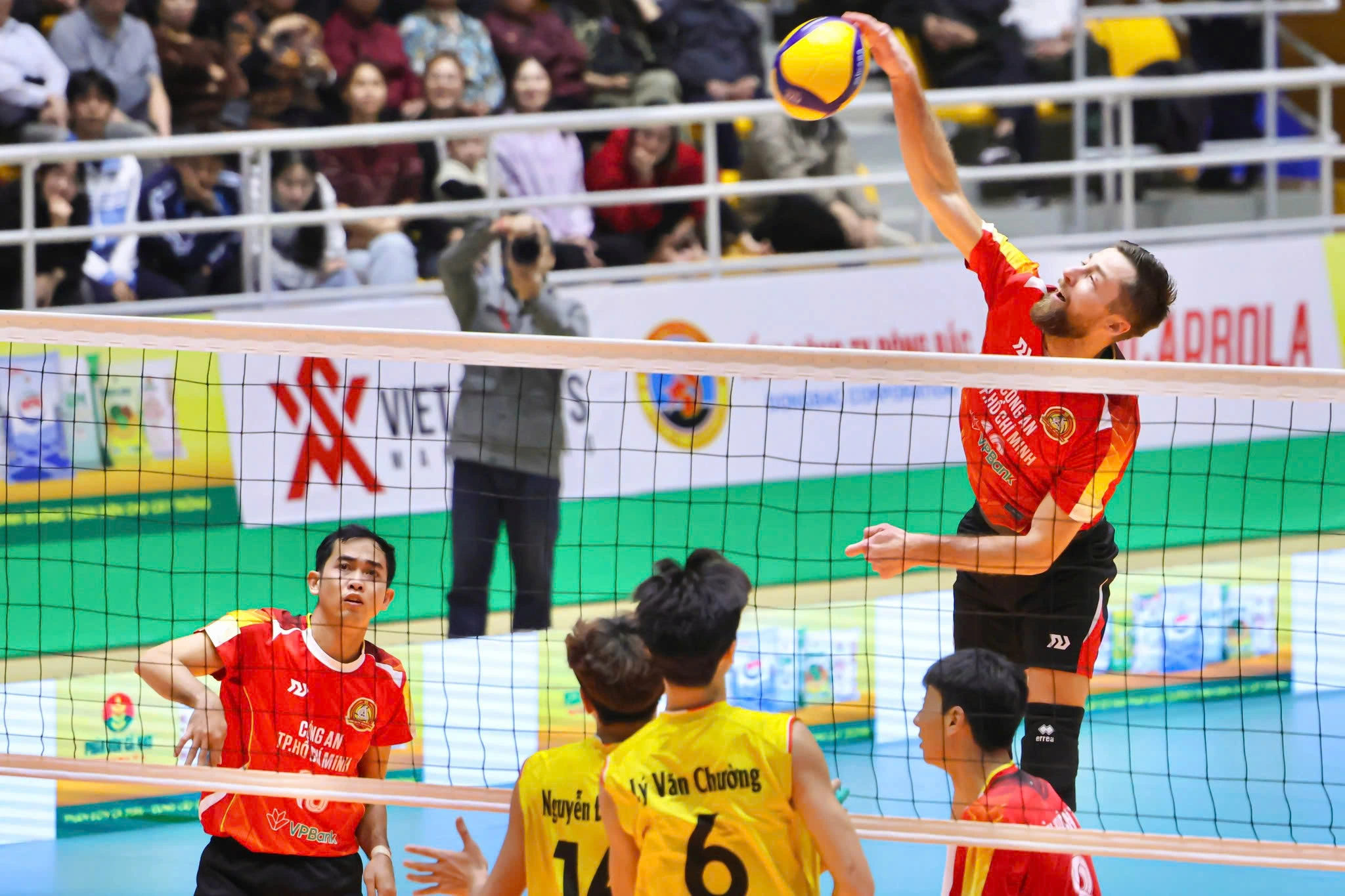





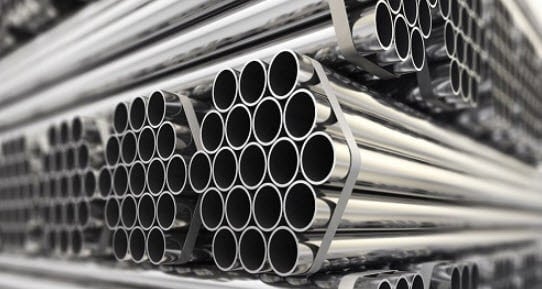



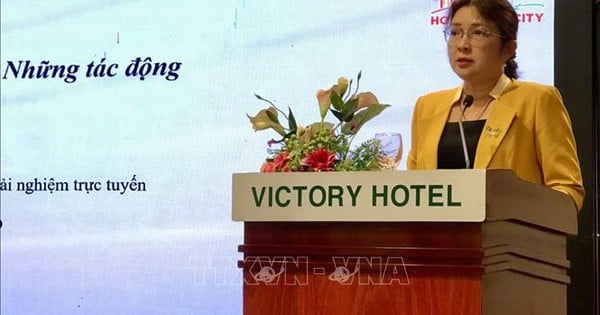
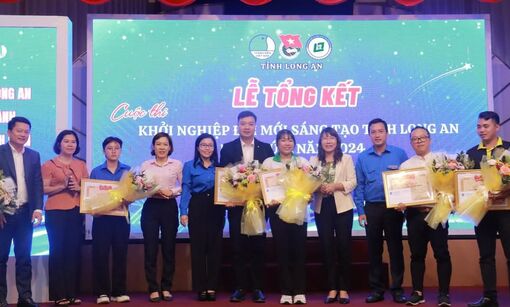

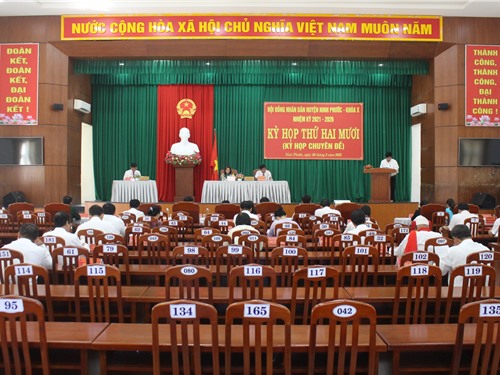
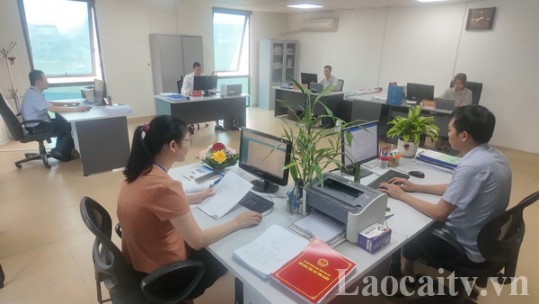

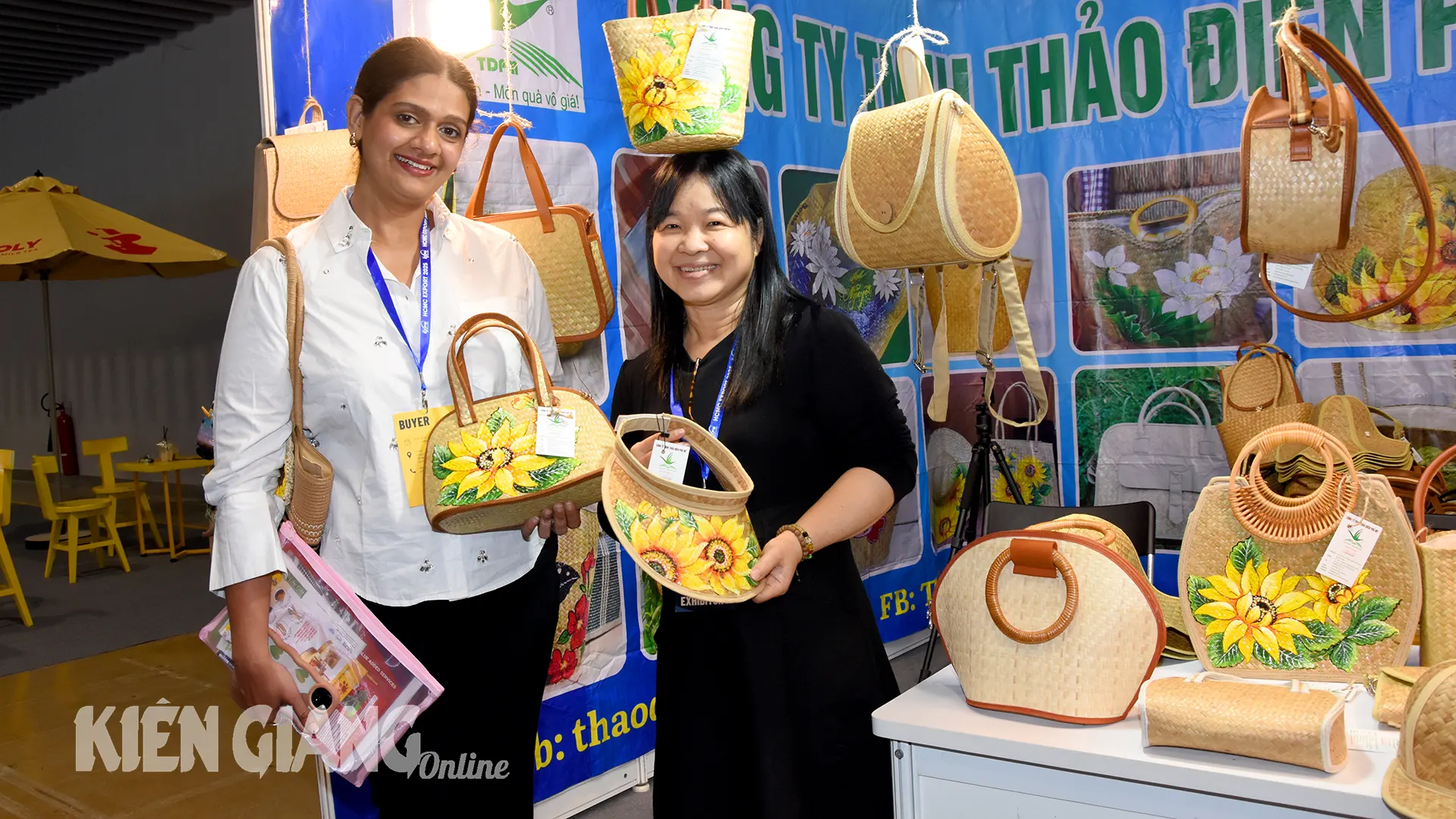
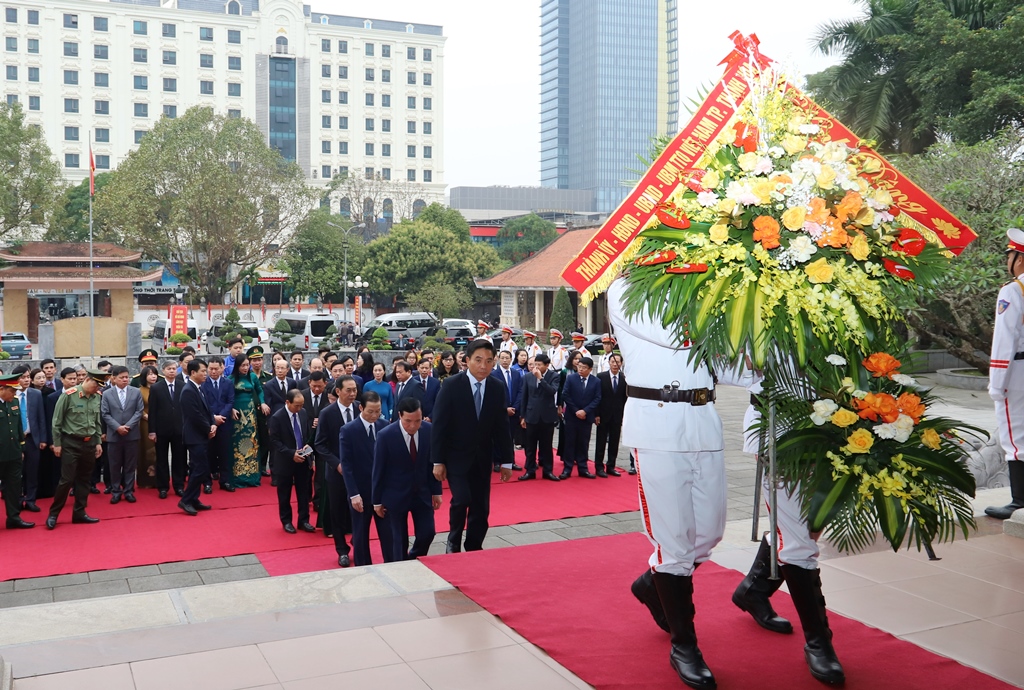










Comment (0)